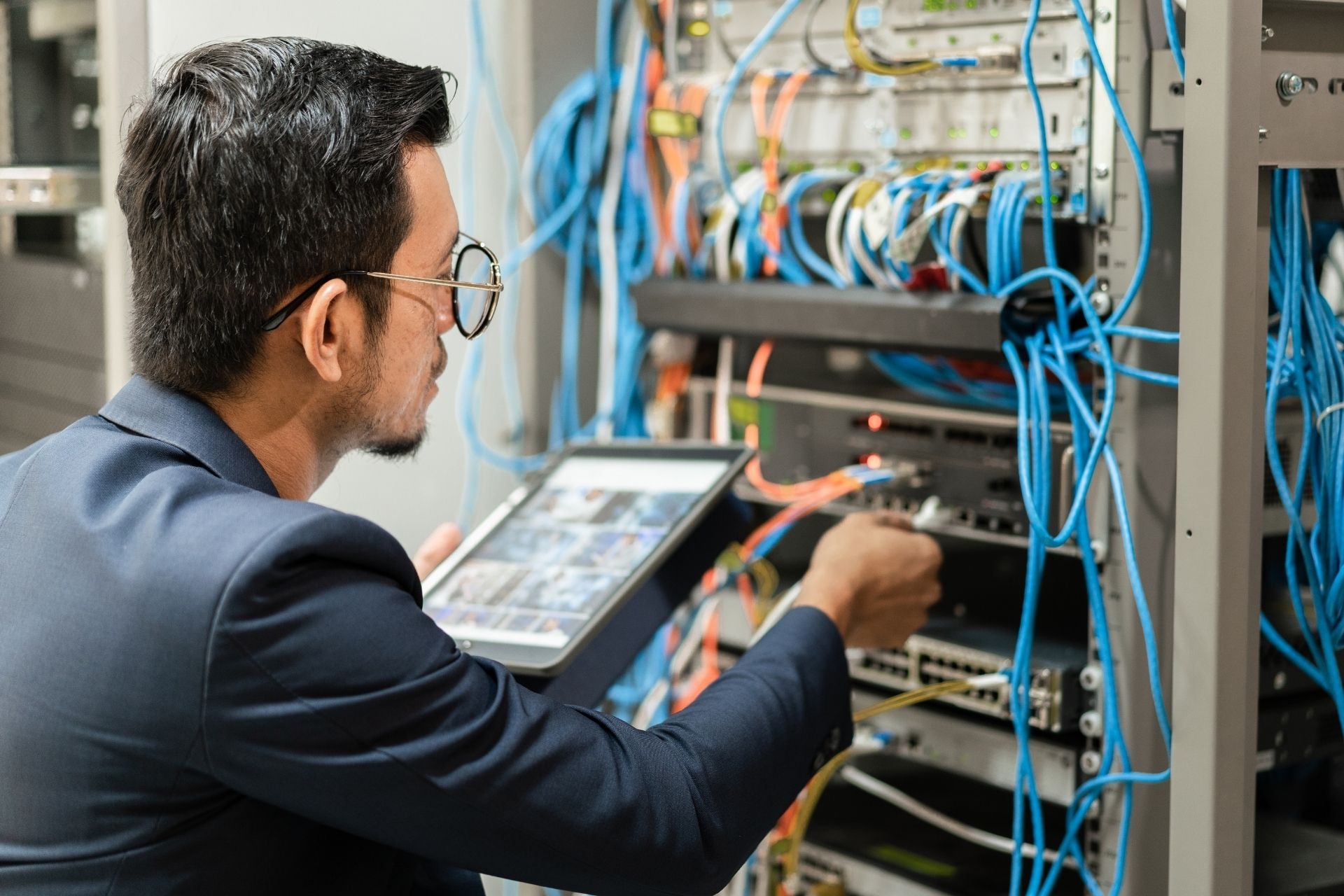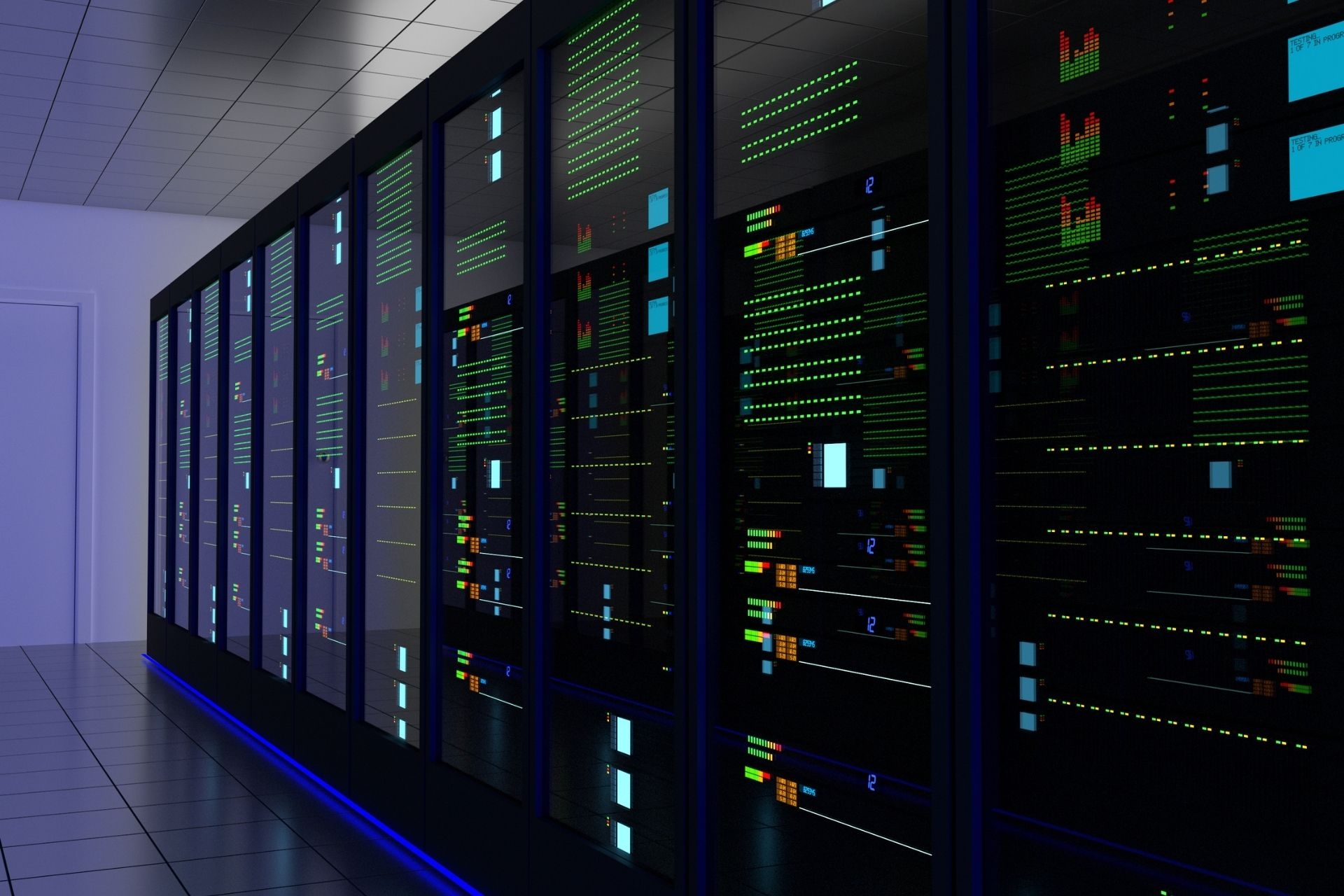Optical Line Terminal (OLT) Deployment
What are the key components of an Optical Line Terminal (OLT) deployment?
The key components of an Optical Line Terminal (OLT) deployment include the OLT itself, which serves as the central hub of the passive optical network (PON), as well as the Optical Network Units (ONUs) that connect to the OLT. Additionally, fiber optic cables are essential for transmitting data between the OLT and ONUs, while a splitter is used to divide the optical signal from the OLT to multiple ONUs. Power supplies, cooling systems, and management software are also crucial components of an OLT deployment to ensure efficient operation and monitoring.
Fiber Optic Internet for MDU Internet Services




